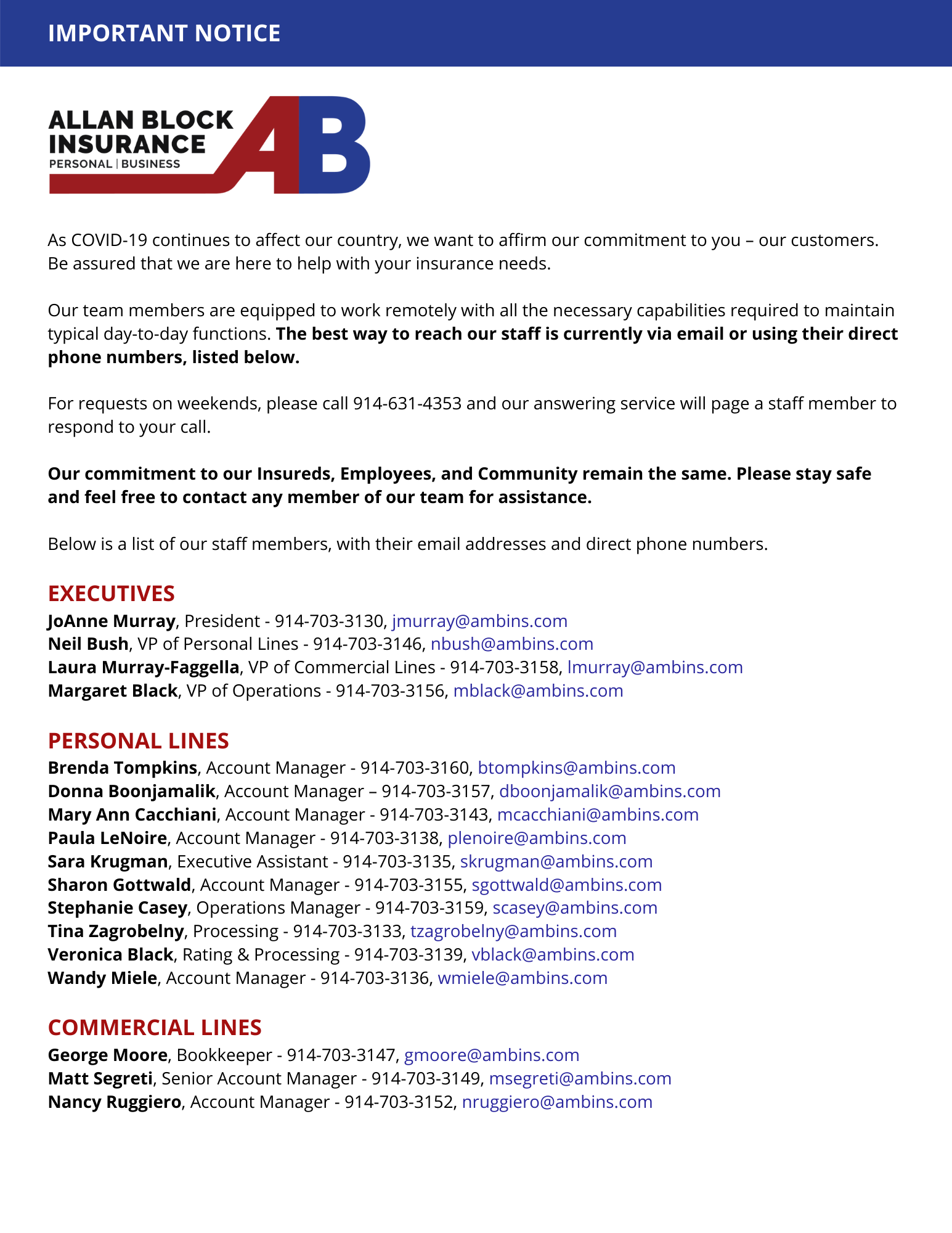While winter can bring beauty and may be exciting for children who enjoy sledding and other outdoor fun in the snow, for drivers it can turn a routine trip into a treacherous journey.
Snowy and icy conditions can make for difficult driving and it’s important that you are prepared and on the ball when you hit the road. That includes understanding how to drive in these difficult conditions, but also ensuring your vehicle is up to the task.
To help ensure a safe journey, be that to a nearby supermarket or on a road trip to grandma’s, you may want to follow these tips for winter driving:
Check tire pressure regularly
Cold weather affects your tires’ ability to hold air pressure, with every 10 degrees of cold leaching out about a pound of pressure, if left unchecked. Thankfully, all you need is a handheld tire pressure gauge, which you can pick up at any auto parts store for a few bucks.
If you don’t have one, you can check your tires’ pressure at the air pump at most any gas station, although it’s not much fun doing so in freezing temperatures when your fingers get numb.
If you drive a newer model year, you may even be able to check air pressure levels from inside the car, via the dashboard computer. Check your owner’s manual to see if your vehicle has this feature.
Besides checking your air pressure, ensure that your tires have enough tread to grip the road. Slide a penny, head-first, into the long grooves in each tire; if you’re able to see the top of Abraham Lincoln’s head unobscured, it’s time for new tires.
Top off your wiper fluid
Choose a special winter blend solution, featuring a greater concentration of alcohol to keep the fluid reservoir from freezing.
While you’re at it, check the wiper blades to ensure that they’re fit for winter. If they’re cracked, split or are causing streaking, then replace them immediately.
Replace your old battery
Cold conditions can drain your battery more quickly than usual, so it is important that it’s not on its last legs when winter sets in. If you are starting to notice that your car is working harder to turn over and start, it is likely time for a new battery.
Since most batteries last about three years, if yours is older than that, it may be time for a replacement.
The good news about today’s car batteries is that most are of the low-maintenance variety. This means you don’t need to add water, nor can you — the lid is sealed shut. For all other batteries, you will need to add distilled water to any of the cells where the electrolyte levels aren’t meeting the bottom of the fill port.
Finally, make sure you have jumper cables in your trunk in case your battery conks out and you need a jump to get home.
Check the cooling system
Your car’s radiator helps maintain engine temperature, so maintaining your radiator fluid is important. The coolant is in good shape if it keeps its color, which means it’s either green, yellow, red or blue.
If it has lost color, appears rusty or you notice detritus floating in the solution, then have the system flushed. Otherwise, you can add new fluid to the coolant reservoir, which is a plastic bottle attached to the radiator. Do not add fluid to the radiator directly.
While you’re there, check the connecting hoses to verify that they’re secure.
Don’t be in a rush
Give yourself more time to get to your destination in icy or snowy weather. You will potentially need time to clear off snow from your vehicle or make a path in the driveway, and traffic will also factor in.
You should also be driving slower in these conditions for your own and others’ safety.
Drive into skids
If you find your car skidding in icy conditions, take your feet off the pedals and turn your vehicle into the direction of the skid, if it is safely possible.
Panic can cause you to jerk the wheel in the opposite direction, or press the gas or brake pedals, but both of these reactions can actually reduce your ability to control the vehicle.
The takeaway
Staying safe while driving in the winter is a balanced mix of ensuring your car is prepared to face the cold, and that you adjust your driving habits if you encounter difficult winter weather and icy or snowy roads.
Follow the above tips, exercise extreme caution and watch out for other drivers who may skid or slide.



